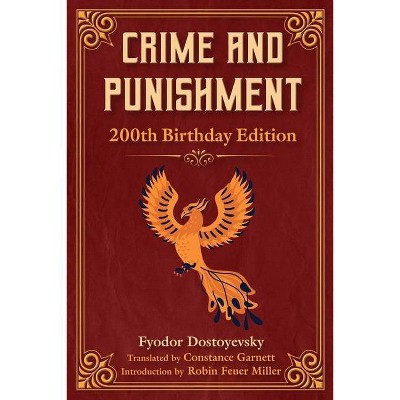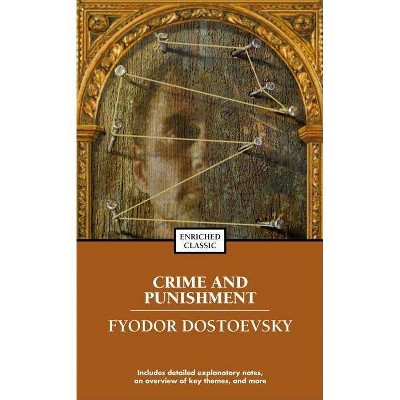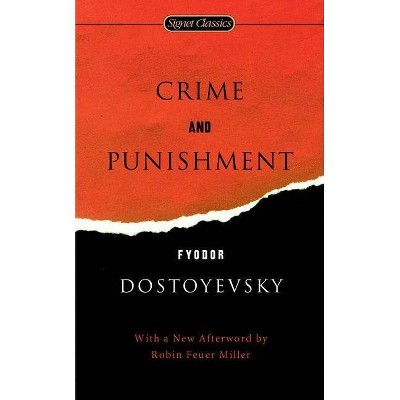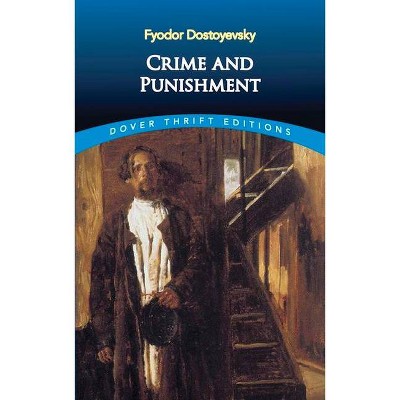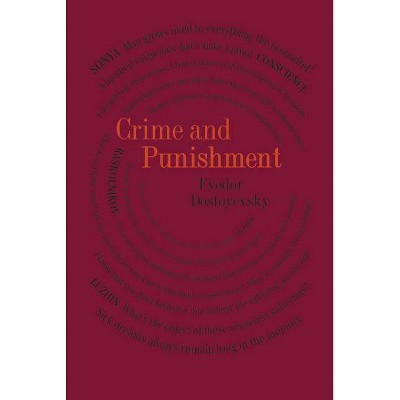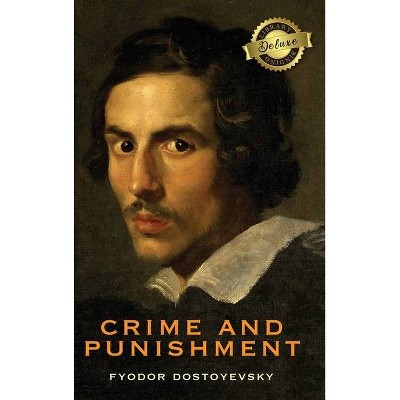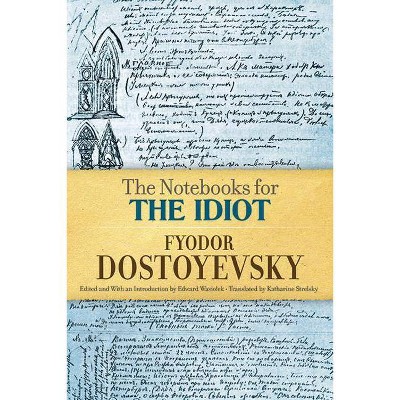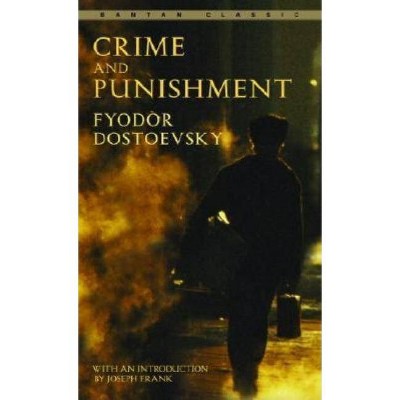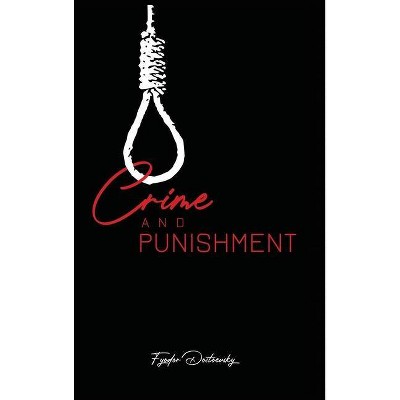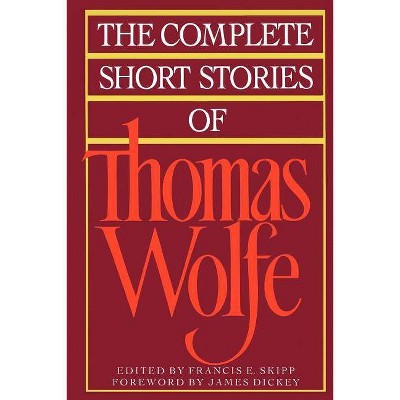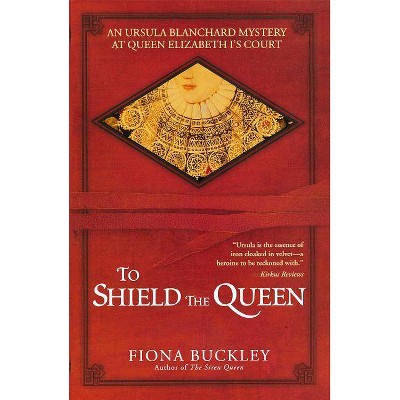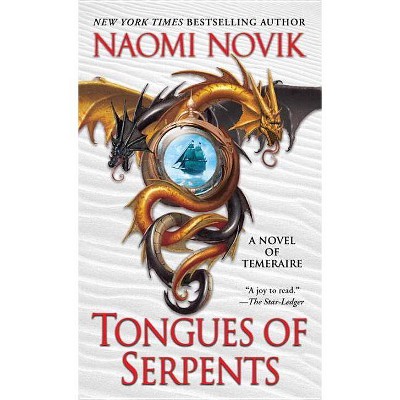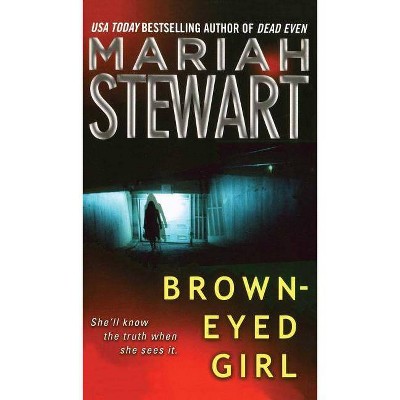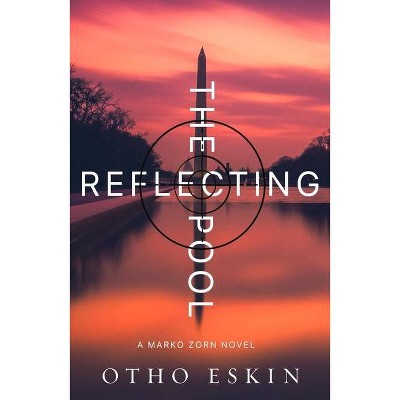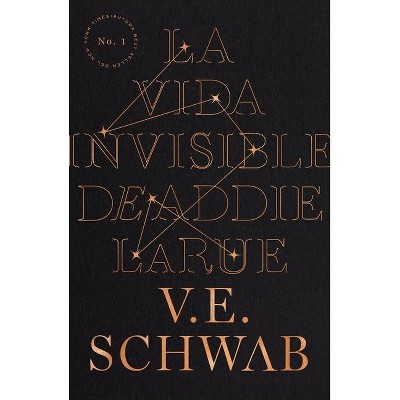The Notebooks for Crime and Punishment - by Fyodor Dostoyevsky (Paperback)
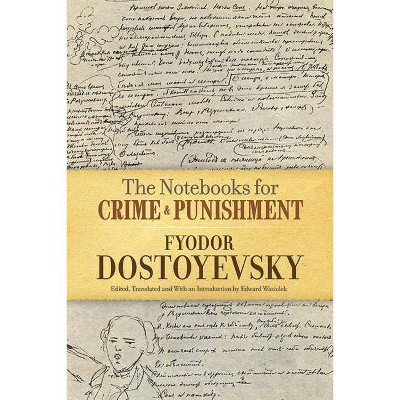
Similar Products
Products of same category from the store
AllProduct info
<p/><br></br><p><b> About the Book </b></p></br></br>Key to understanding Dostoyevsky's masterpiece offers facsimile pages plus interpretations of the author's schematic plans of major portions of the novel, deleted scenes, reflections on philosophical and religious ideas, more.<p/><br></br><p><b> Book Synopsis </b></p></br></br>"In studying the notebooks one feels like an eavesdropper on Dostoyevsky's artistic self-communings. . . . We may plainly observe Dostoyevsky's creative logic at work in selection and emphasis, his concern for technique and his struggle to make crystal-clear what is ambiguous in his characters. . . . a veritable storehouse of source material on nearly every aspect of the conception, planning, and writing of <i>Crime and Punishment.</i>" ― <i>The New York Times</i><br>This key to understanding Dostoyevsky's masterpiece and the author's creative intentions offers a remarkable behind-the-scenes look at the composition of <i>Crime and Punishment, </i>from its first inception to its conclusion. Dostoyevsky's notebooks chronicle the trials, mistakes, and uncertainties that hindered his progress. They also reveal insights into the workings of his imagination and significant details about the novel's ultimate content.<br>Professor Edward Wasiolek has supplemented Dostoyevsky's text with an introduction and a commentary summarizing the material in each section. In addition to facsimile pages from the notebooks, this volume offers interpretations of Dostoyevsky's schematic plans for major portions of the novel as well as his alternate versions of scenes and characters, his unused material, and his reflections on philosophical and religious ideas.<p/><br></br><p><b> From the Back Cover </b></p></br></br><p>"In studying the notebooks one feels like an eavesdropper on Dostoyevsky's artistic self-communings. . . . We may plainly observe Dostoyevsky's creative logic at work in selection and emphasis, his concern for technique and his struggle to make crystal-clear what is ambiguous in his characters. . . . a veritable storehouse of source material on nearly every aspect of the conception, planning, and writing of <i>Crime and Punishment.</i>"―<i>The New York Times</i><br>This key to understanding Dostoyevsky's masterpiece and the author's creative intentions offers a remarkable behind-the-scenes look at the composition of <i>Crime and Punishment, </i>from its first inception to its conclusion. Dostoyevsky's notebooks chronicle the trials, mistakes, and uncertainties that hindered his progress. They also reveal insights into the workings of his imagination and significant details about the novel's ultimate content.<br>Professor Edward Wasiolek has supplemented Dostoyevsky's text with an introduction and a commentary summarizing the material in each section. In addition to facsimile pages from the notebooks, this volume offers interpretations of Dostoyevsky's schematic plans for major portions of the novel as well as his alternate versions of scenes and characters, his unused material, and his reflections on philosophical and religious ideas. <br><b>www.doverpublications.com</b></p><p/><br></br><p><b> About the Author </b></p></br></br>With his sympathetic portrayals of the downtrodden of 19th-century Russian society, Fyodor Dostoyevsky (1821-1881) exercised immense influence on modern writers. His novels featured profound philosophical and psychological insights that anticipated the development of psychoanalysis and existentialism. <br>Translator and editor Edward Wasiolek is the Avalon Foundation Distinguished Service Professor of Slavic and Comparative Literature and Chairman of the Committee on Comparative Studies in Literature at the University of Chicago.
Price History
Price Archive shows prices from various stores, lets you see history and find the cheapest. There is no actual sale on the website. For all support, inquiry and suggestion messagescommunication@pricearchive.us
